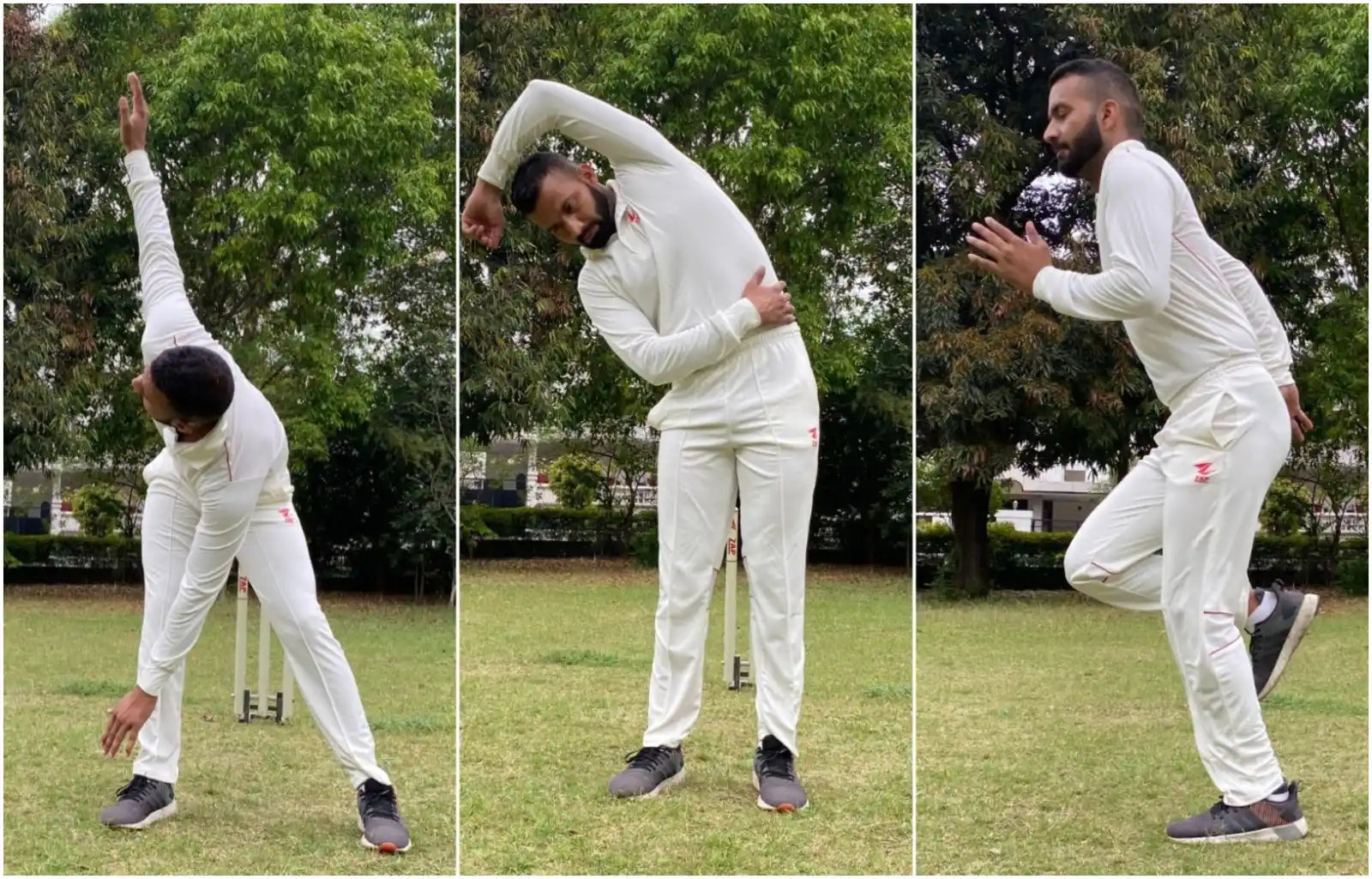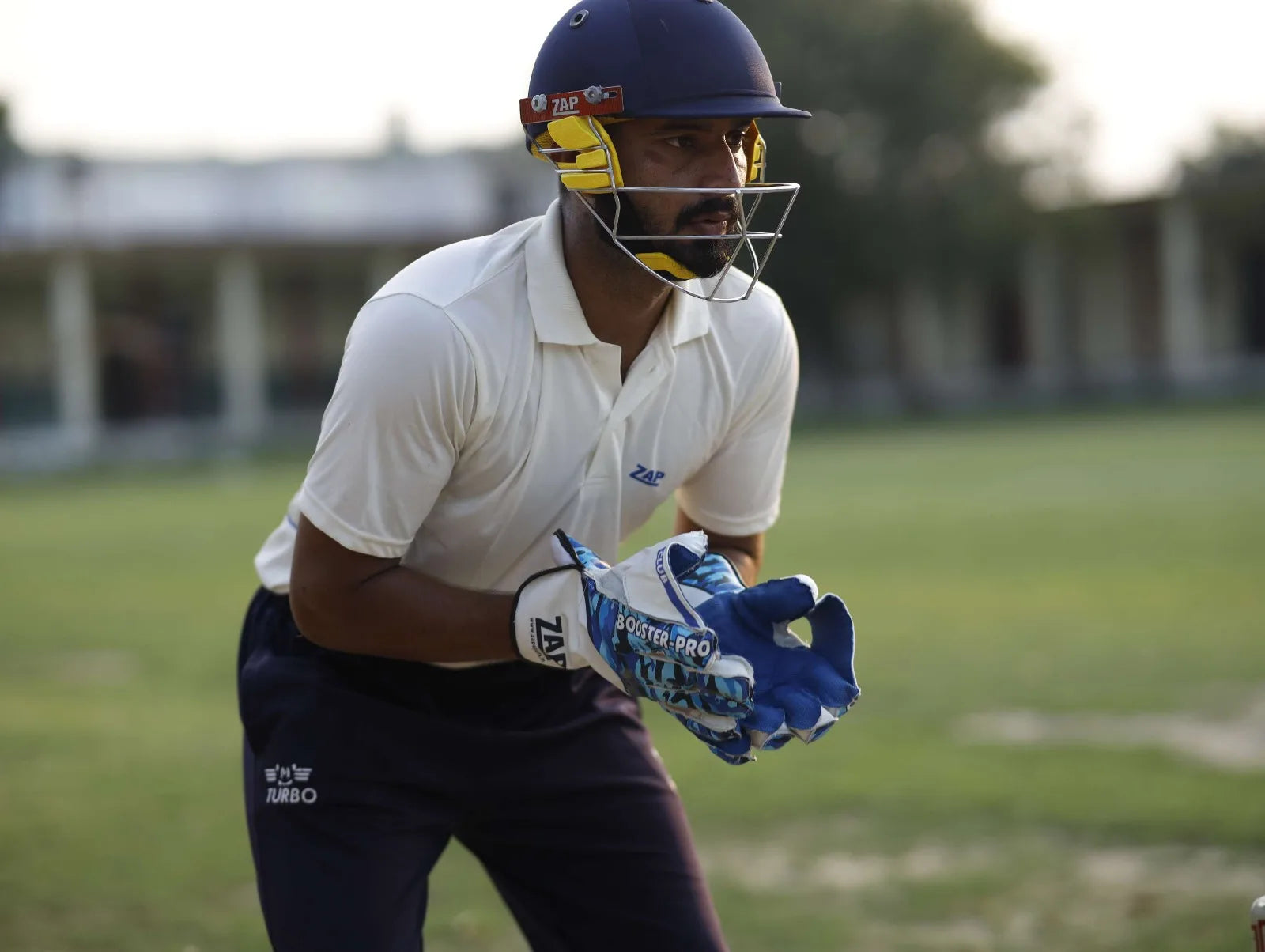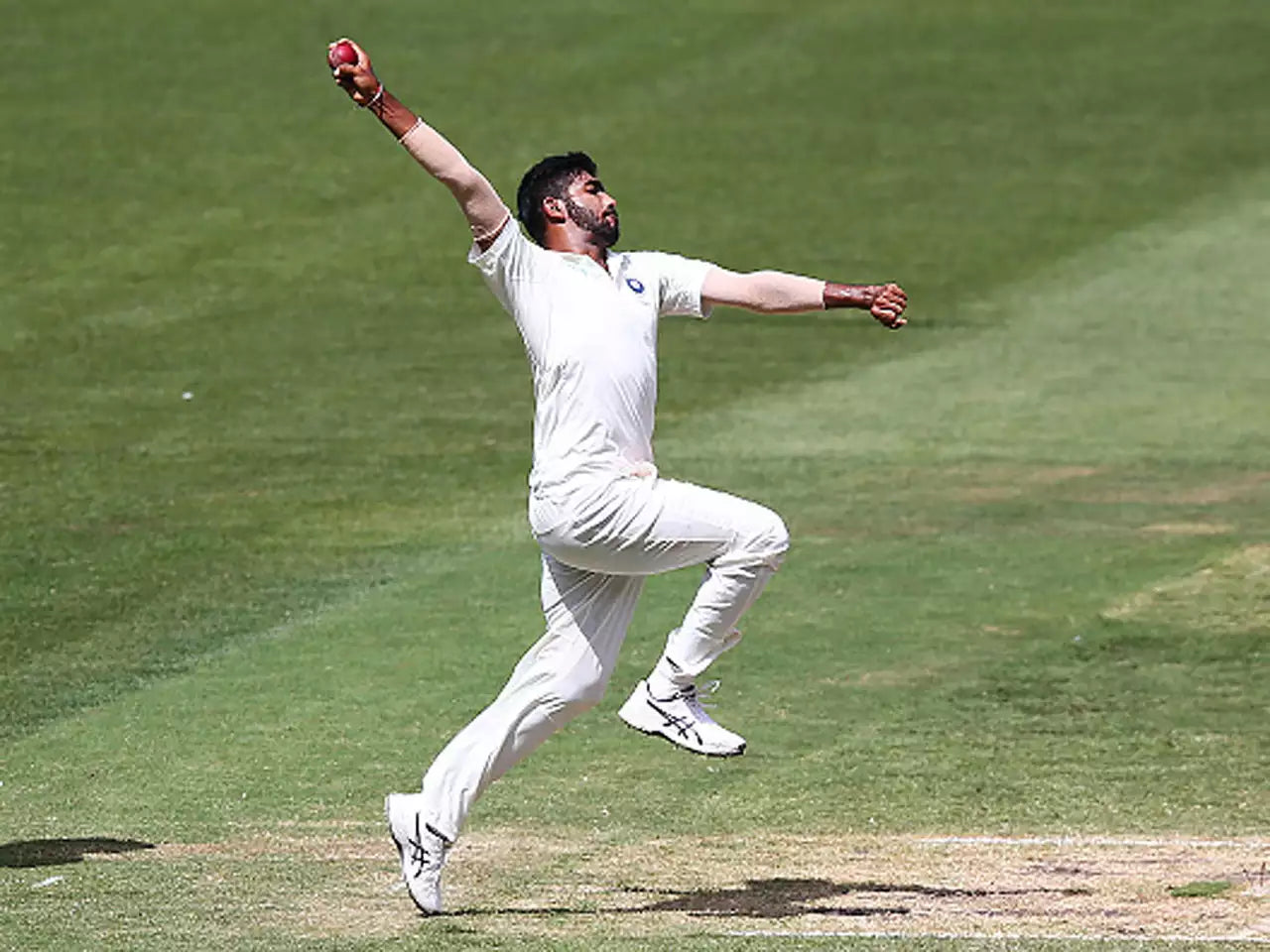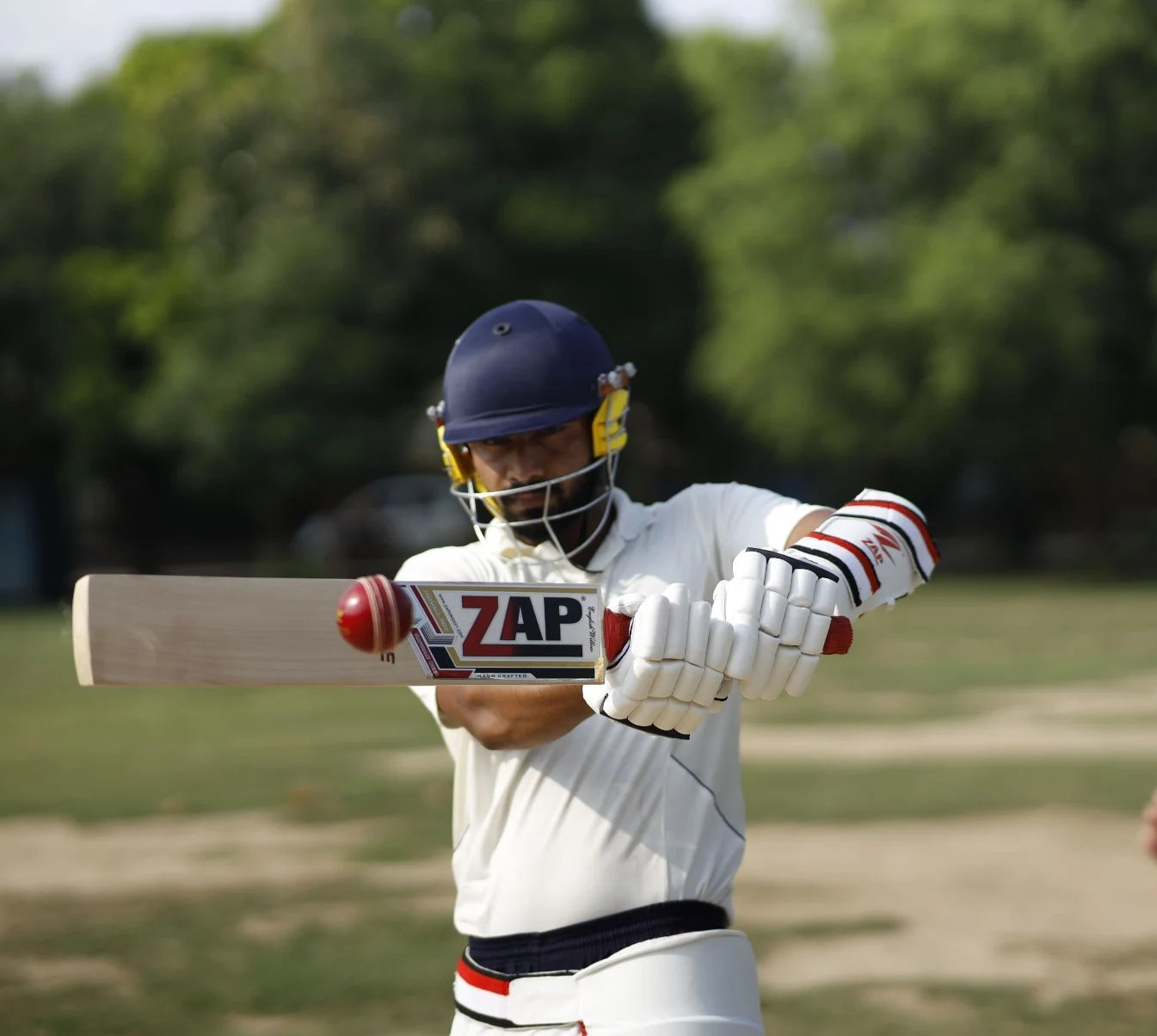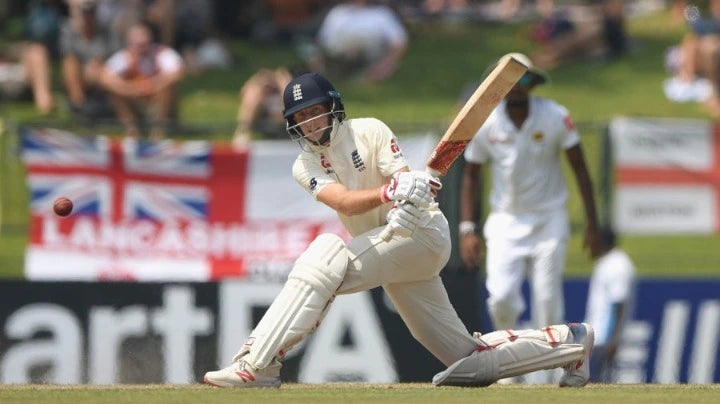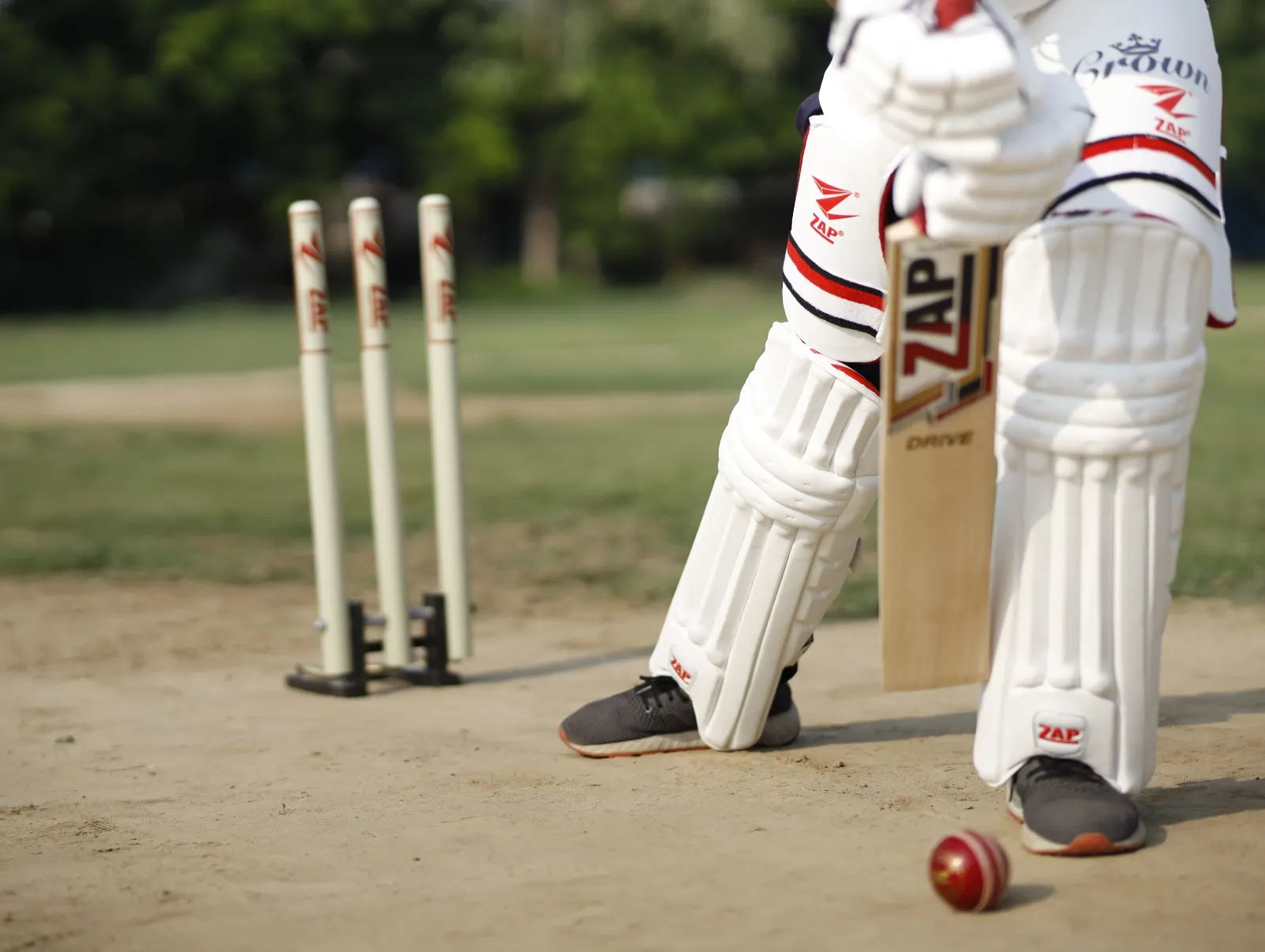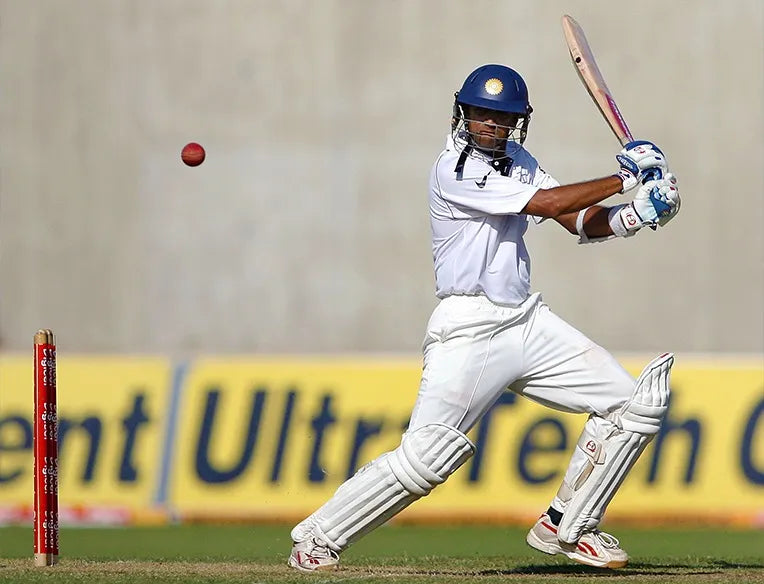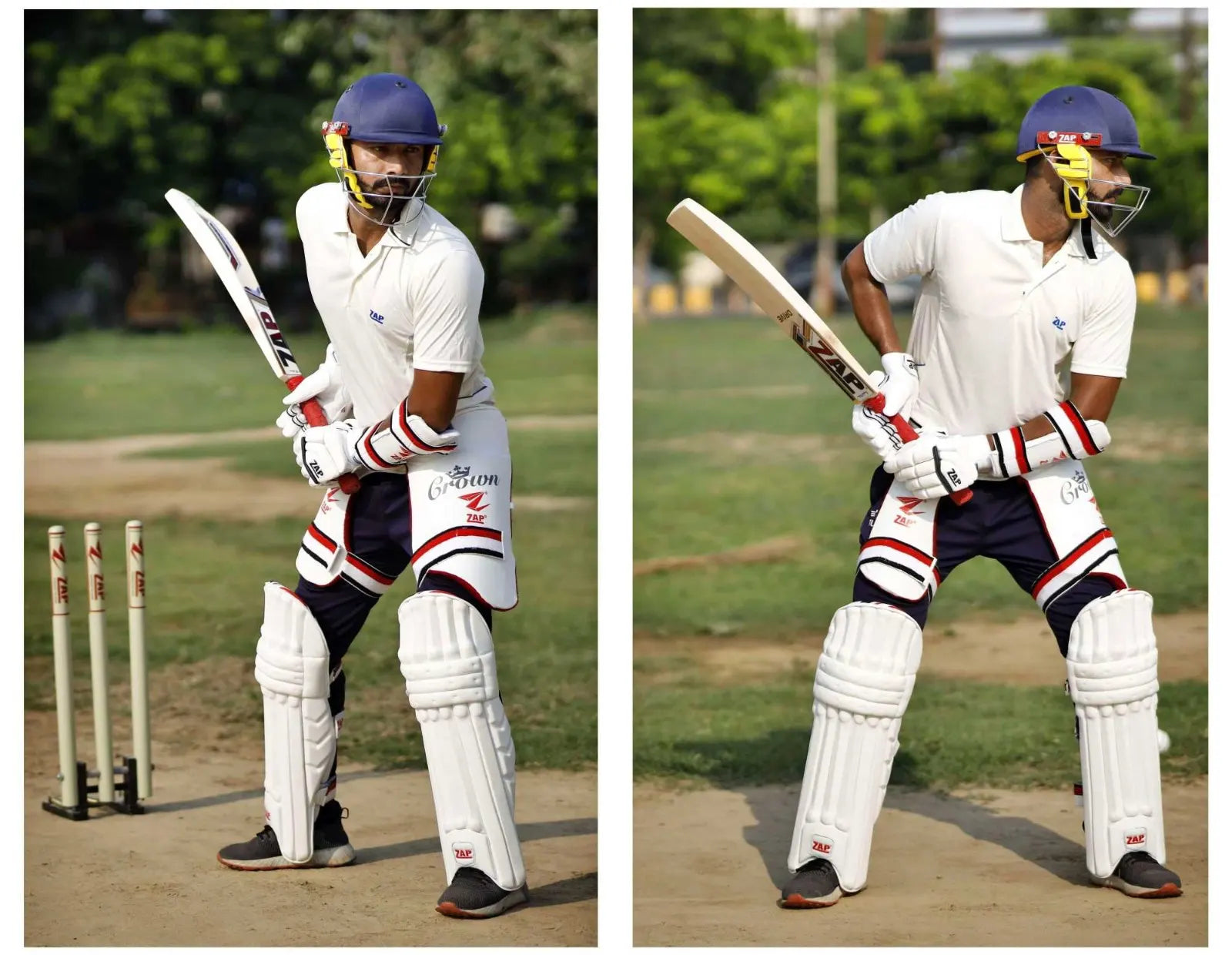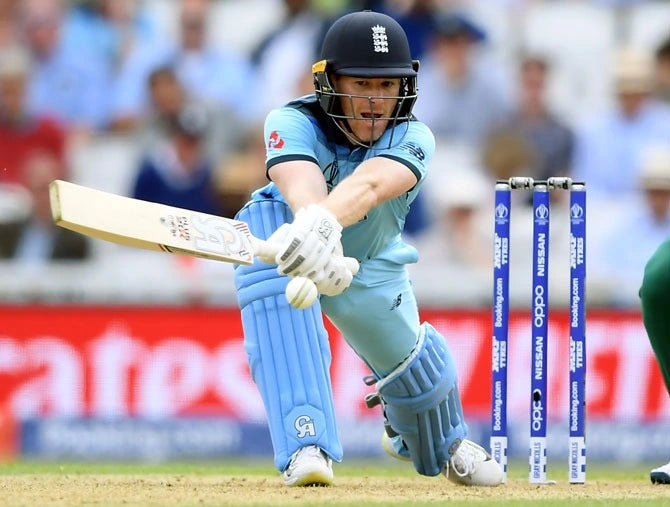Cricket Exercises and Workouts: The Complete Guide
In modern sports, fitness has become crucial for success, illustrated by Ronaldo and Messi. Cricket's evolution demands skill, endurance, and fitness, seen in Kohli's transformation. Essential cricket exercises include warm-ups, plyometrics, core strength, endurance, agility drills, strength training, flexibility exercises, and mental conditioning. Structured workout routines enhance performance. Batting exercises involve shadow batting, reaction drills, target hitting, and power hitting. Fast bowlers focus on strength, accuracy, swing, and fielding drills. Diet's importance is stressed, alongside dedication and discipline for achieving greatness.
Wicket Keeping in Cricket: An Expert Tips and Techniques Guide
Understanding Cricket Bowling Actions: The Ultimate Guide
Bowling in cricket involves various mechanics and techniques encompassing the run-up, action, jump, release, and follow-through. Different bowlers have distinct techniques based on physical advantages and intentions. Cricket bowling action comprises motions before delivering the ball, influencing pace, swing, and spin. Good action aligns with a bowler's goals, while poor action can lead to injuries and inaccuracies. Mechanics involve grip, run-up, delivery stride, action, and release. Bowling speed improvement hinges on refining these elements and body mechanics. Bowling types include side on, front on, and round arm actions. Key bowlers like Brett Lee, Dale Steyn, Shoaib Akhtar, and others have unique actions enhancing their strengths. Unconventional actions like Jasprit Bumrah's have also found success. Chucking, an improper bowling motion, can lead to accusations of throwing the ball and has affected players like Harbhajan Singh and Muthiah Muralitharan.
The Ultimate Guide to Playing the Pull Shot in Cricket
How to play the sweep shot in cricket perfectly?
Master your Batting Footwork in Cricket
How to play the Square Cut Shot in Cricket Perfectly?
The Right Cricket Batting Stance for You
How to play the Reverse Sweep Cricket Shot?


